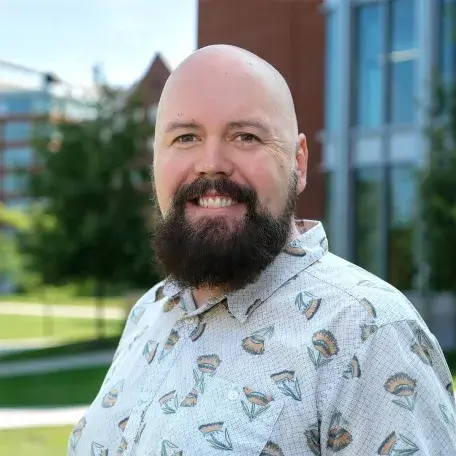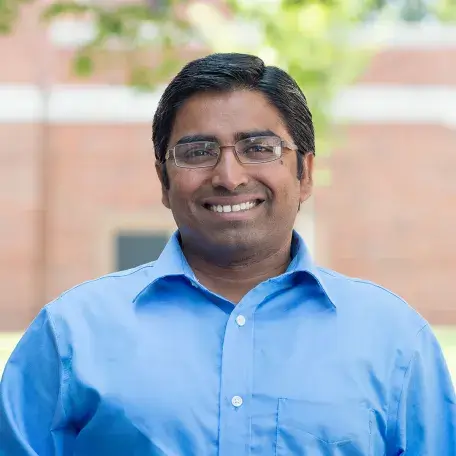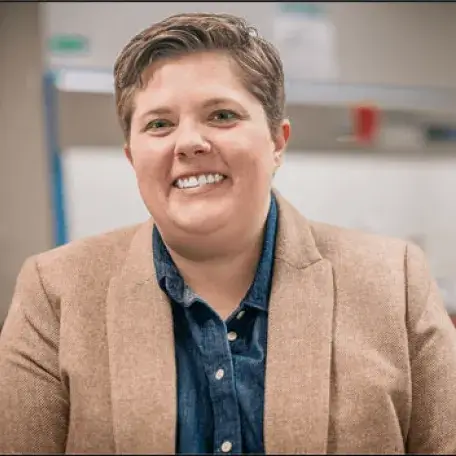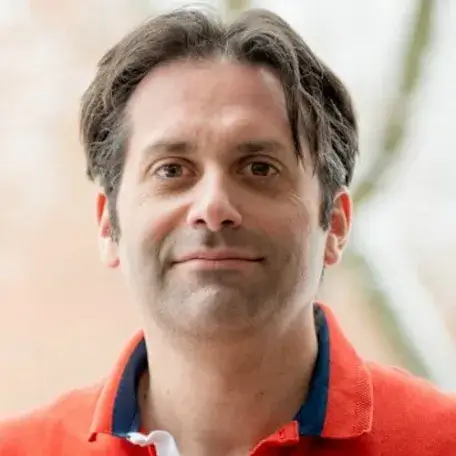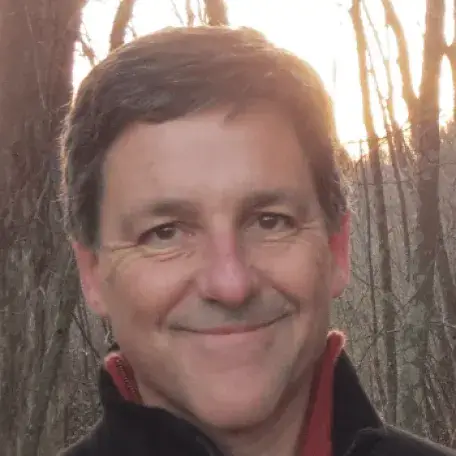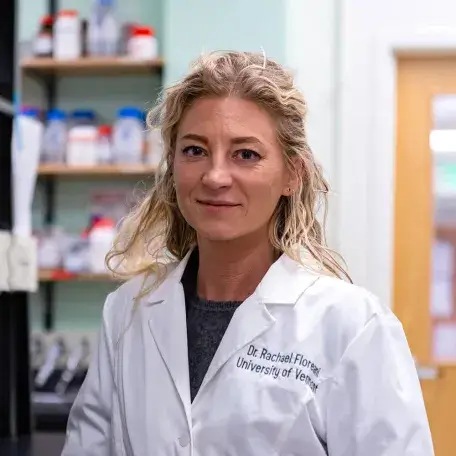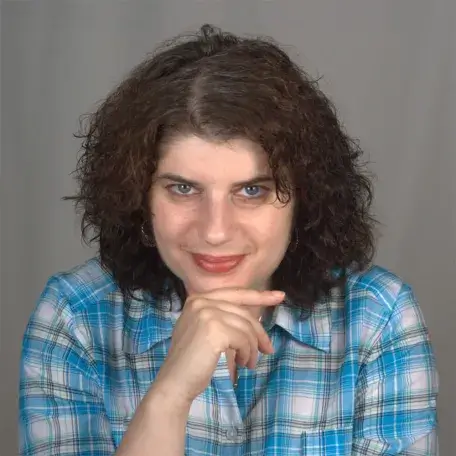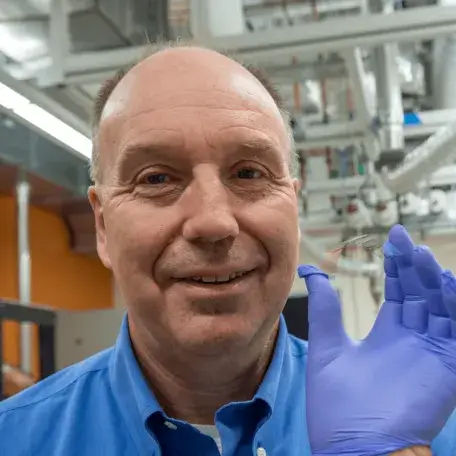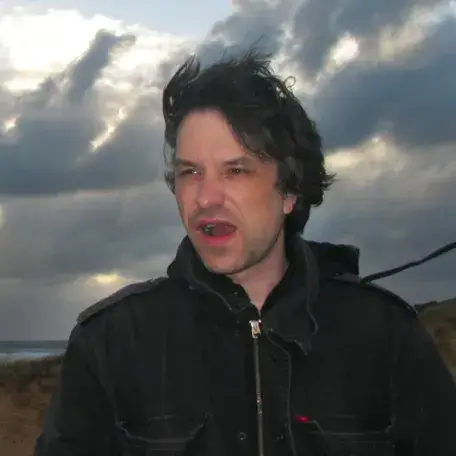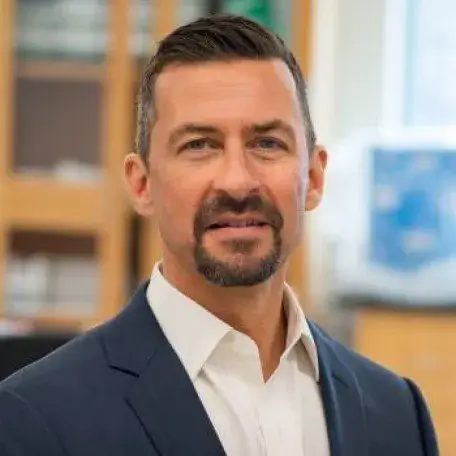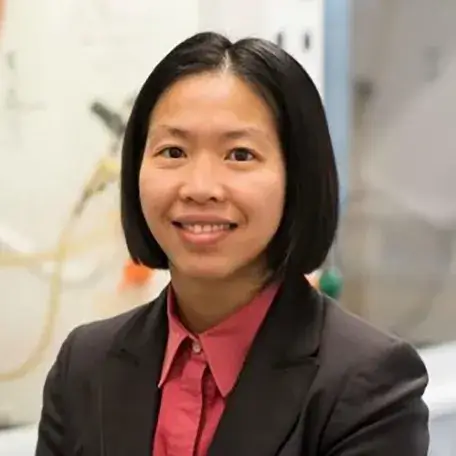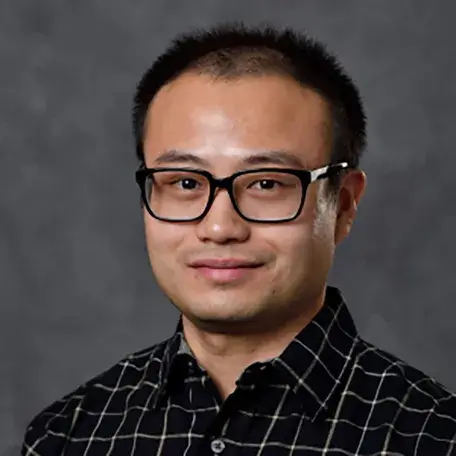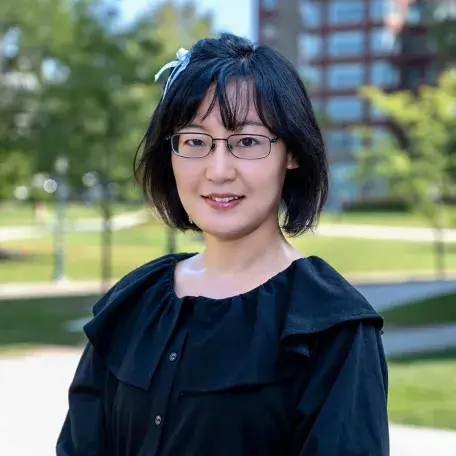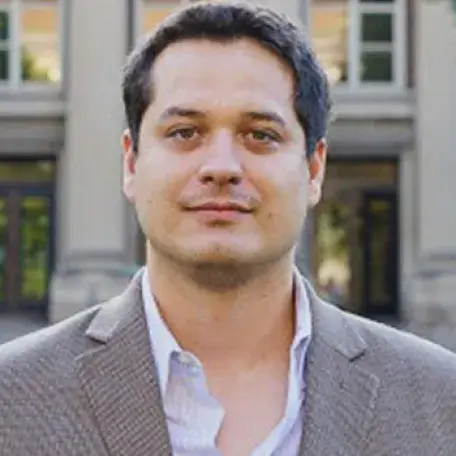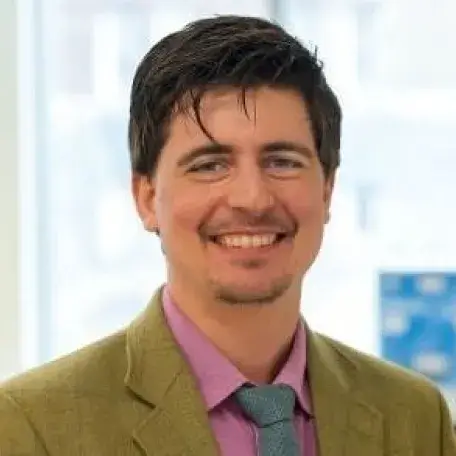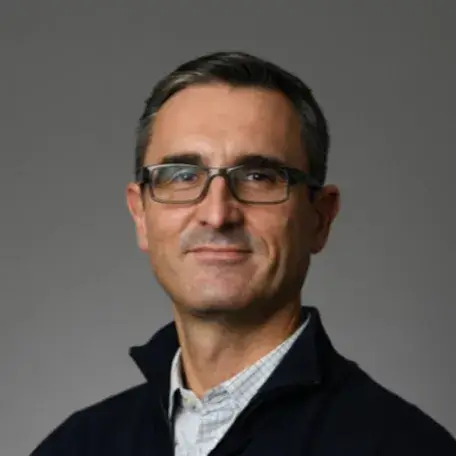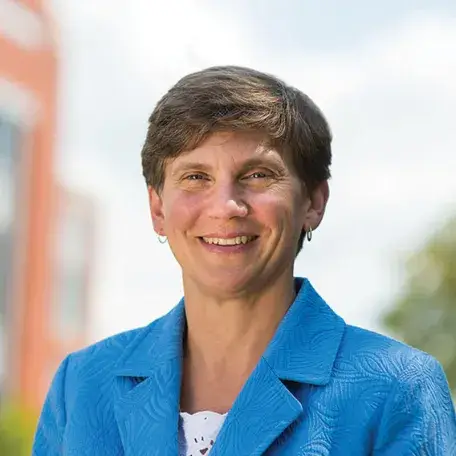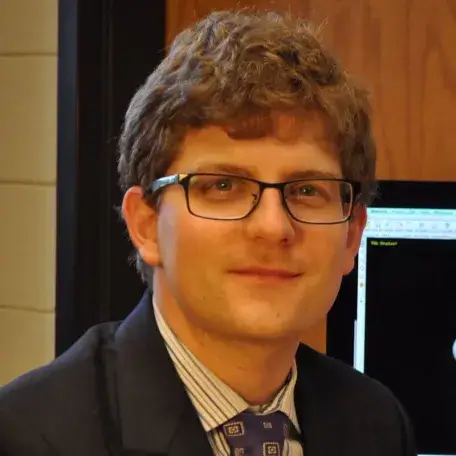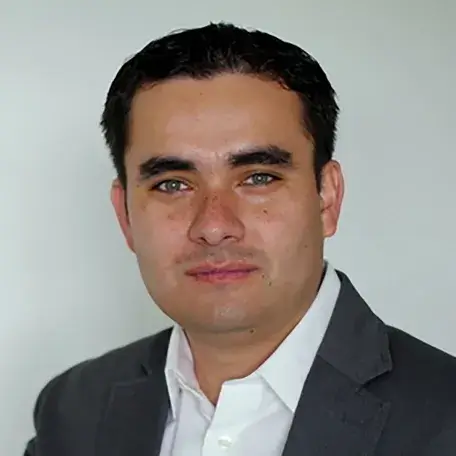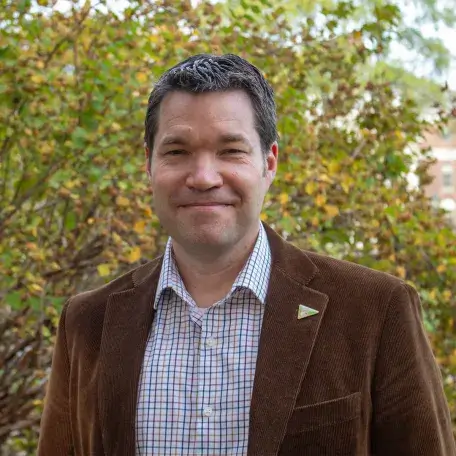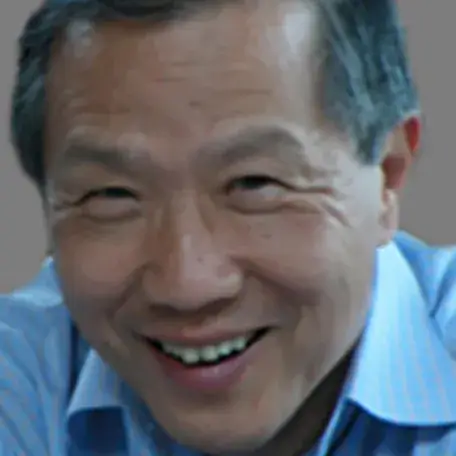Program Director
Associate Professor, Department of Physics
mwhite25@uvm.edu (802) 656-0064Hybrid and organic photovoltaic device physics.
Faculty Directory
Associate Professor, Department of Civil and Environmental Engineering • Faculty Fellow, Gund Institute for Environment
raju.badireddy@uvm.edu (802) 656-8443Associate Professor, Department of Electrical and Biomedical Engineering • Graduate Program Director
amber.doiron@uvm.edu (802) 656-3382Chair, Department of Mechanical Engineering • Professor, Department of Mechanical Engineering
dfletche@uvm.edu (802) 656-9863Associate Professor, Department of Mechanical Engineering • Affiliate, Gund Institute for Environment
floreani@uvm.eduExecutive Committee Member
Assistant Professor
Assistant Professor - Analytical Chemistry, Physical Chemistry, Biophysical Chemistry
David.Punihaole@uvm.edu (802) 656-2329Gund Affiliate, Associate Professor of Chemistry • Associate Professor of Chemical Engineering, University of Rochester
michael.ruggiero@rochester.eduProfessor, Department of Mechanical Engineering • ASME Fellow
frederic.sansoz@uvm.edu (802) 656-3837Professor
Professor — Inorganic, Organometallic, and Catalysis • Faculty Fellow, Gund Institute for Environment
Rory.Waterman@uvm.edu (802) 656-0278Faculty Member • In Memoriam
